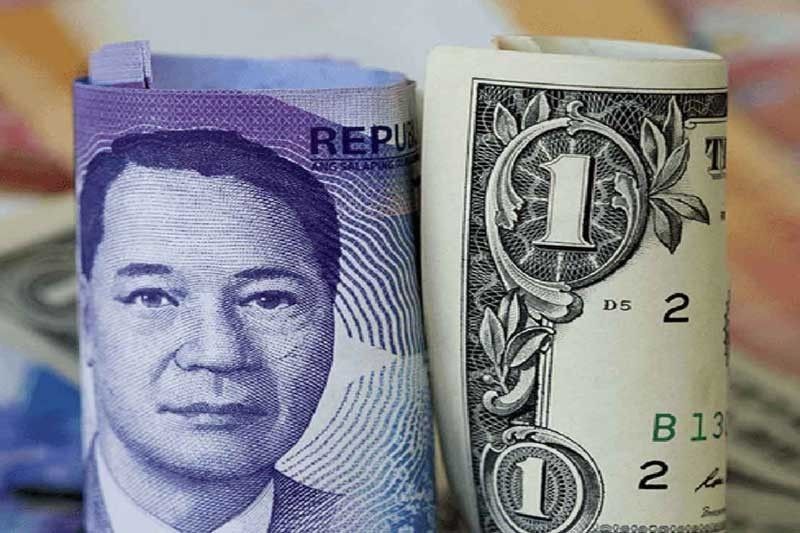BMI: 'Modest' weakness ahead for peso

MANILA, Philippines — The Philippine peso, which has been dubbed the worst performing currency in the region, will likely see “modest” weakness ahead, BMI Research said Wednesday.
In a report, the Fitch unit said it expects the local unit to average P52.50:$1 in 2018 from its previous projection P51.90 versus the greenback given that “technicals and fundamentals on balance are pointing to further weakness.”
BMI added that the peso, which has depreciated by more than 7 percent against the US dollar year-to-date, is looking ”bearish” after sinking below P53.20:$1 level.
“We see the next level of possible backstop at around P53.70/USD, followed by at approximately P56.00/USD if the support fails to hold,” BMI said.
The central bank has lifted its benchmark rates for a second consecutive month in a bid to fight inflation and lend some strength to the country’s currency, which has been hovering at 12-year lows on the back of a ballooning trade gap and normalization of monetary policy in advanced economies.
According to BMI, “large and stable” inflows and remittances are expected to provide support for the peso.
But the Fitch Group company said the local currency remains vulnerable to capital flight once a full blown US-China trade war erupts, as well as to negative real interest rates. A widening trade deficit due to President Rodrigo Duterte’s ambitious infrastructure program will also weigh on the peso.
BMI also expects the Bangko Sentral ng Pilipinas to match tightening moves by the US Federal Reserve, and hike interest rates by another 25 basis points “over the remainder of 2018.”
“Should the BSP fail to deliver a corresponding rate hike or the US Fed hike interest rates more aggressively than expected, the peso could fall further against the dollar,” it warned.
- Latest
- Trending






























